18+ Japanese Film Still Shocks Audiences with Its Raw Obsession and Unfiltered Desire, Even After 50 Years
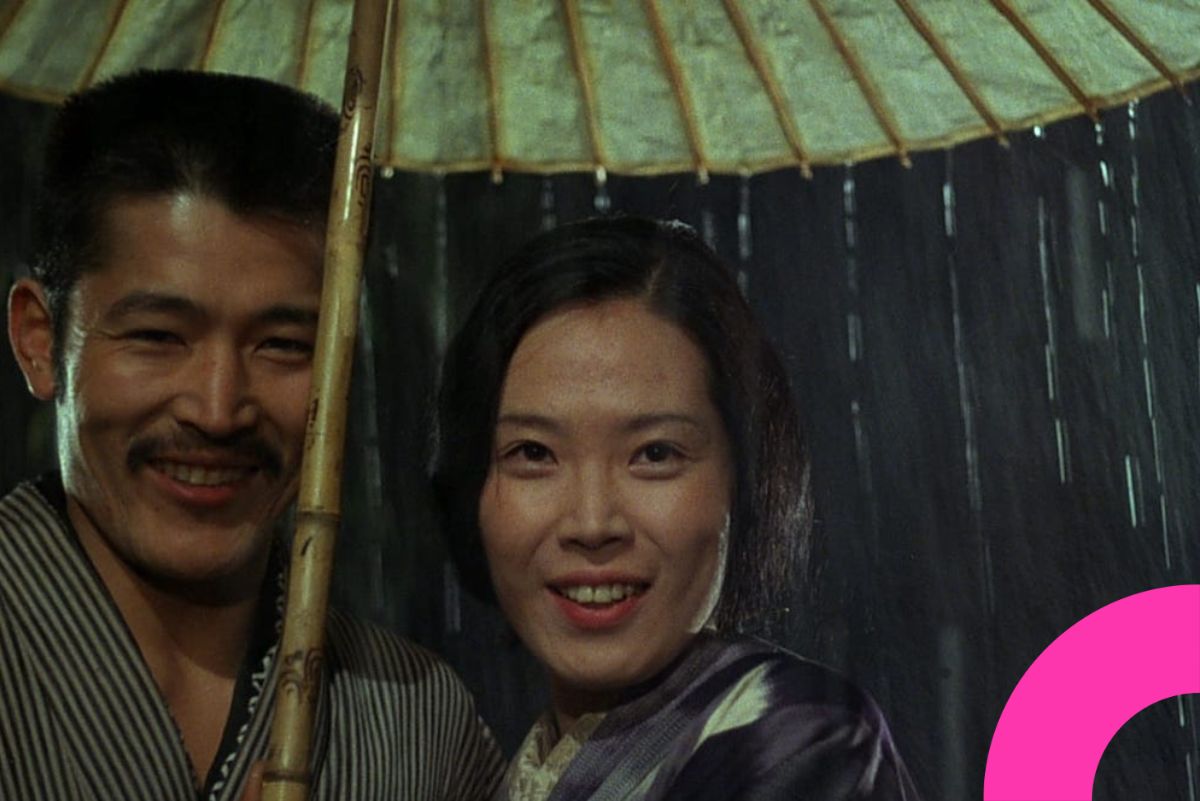
The Enduring Impact of “In the Realm of the Senses”
Released in 1976, the Japanese film In the Realm of the Senses (Ai no Corrida) continues to stand as one of the most shocking and debated works in cinematic history. Directed by the avant-garde filmmaker Nagisa Oshima, the film was a cultural earthquake that shattered boundaries of censorship, artistic expression, and societal norms – and its shockwaves are still felt today.
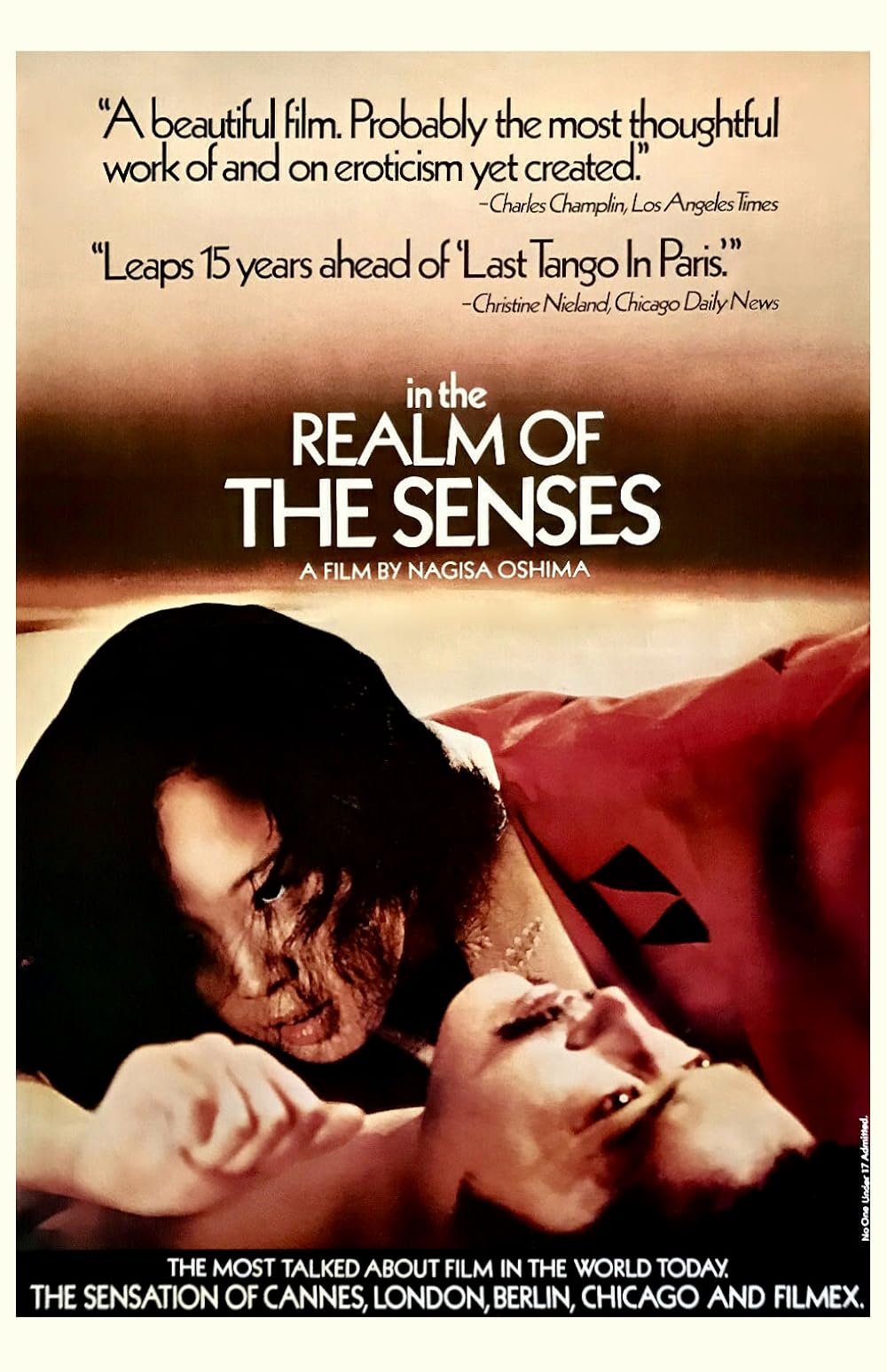
Based on the infamous true story of Sada Abe, a former geisha who murdered her lover and severed his genitals in 1930s Japan, the film dives into the extremes of erotic obsession, power, and psychological domination. But In the Realm of the Senses is not merely a sensational retelling: it’s a profound and unsettling meditation on human desire and the destructive potential of unrestrained passion.
A Love Story Drenched in Lust and Death
The film follows the descent of Sada and Kichizo, the married innkeeper she falls for, into a dangerous spiral of carnal obsession. What begins as passionate romance turns into a volatile, all-consuming relationship that culminates in murder, with Kichizo consenting to his own death at Sada’s hands. In a chilling final act, Sada mutilates his body, symbolizing a twisted form of eternal possession.
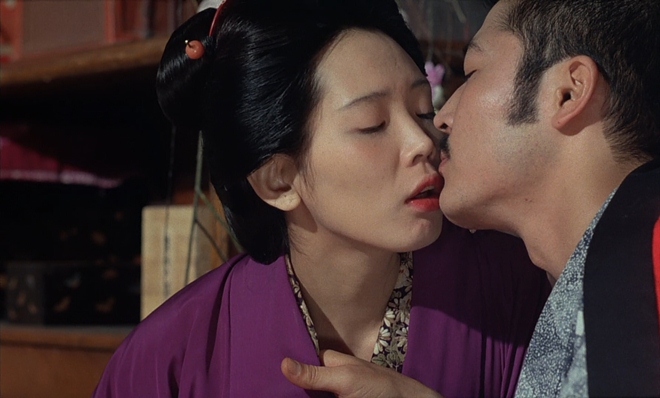
Oshima’s interpretation doesn’t just recount a sensational crime, it frames it as a psychological rebellion against a repressive society. Set against the backdrop of 1930s imperial Japan, where militarism and morality stifled individual expression, the film becomes a silent scream against control and conformity.
Erotic Art or Pornography?
In the Realm of the Senses stands out for director Nagisa Oshima’s fearless realism, featuring unsimulated sex scenes that are not meant for titillation but as symbolic explorations of desire, power, and mortality. Unlike Japan’s pinku eiga, Oshima’s film is both philosophical and political, confronting censorship and societal taboos.
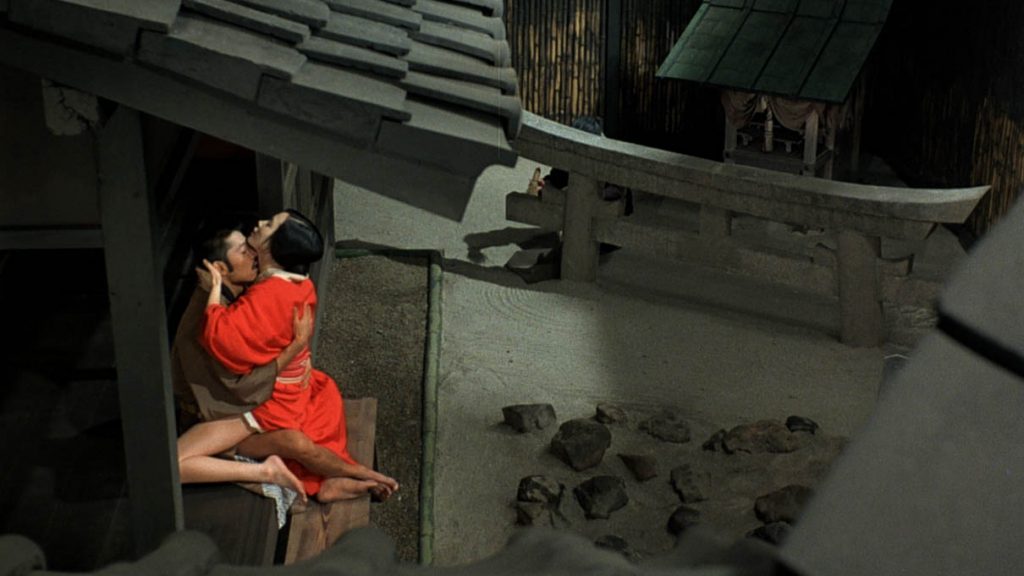
Banned in Japan and completed in France, the film led to a legal battle Oshima ultimately won, marking a major victory for artistic freedom. Though controversial at home, it was celebrated internationally, particularly at the 1976 Cannes Film Festival, igniting debates over where art ends and obscenity begins. Today, it remains a landmark in cinematic and cultural discourse.
Desire as Power, Obsession as Destruction
At its core, In the Realm of the Senses is about the terrifying depth of intimacy. Sada transforms from submissive to dominant, reversing traditional gender roles in a society where women were expected to remain passive. Kichizo surrenders everything, his control, his body, and ultimately his life, to Sada’s unrelenting need to possess him completely.
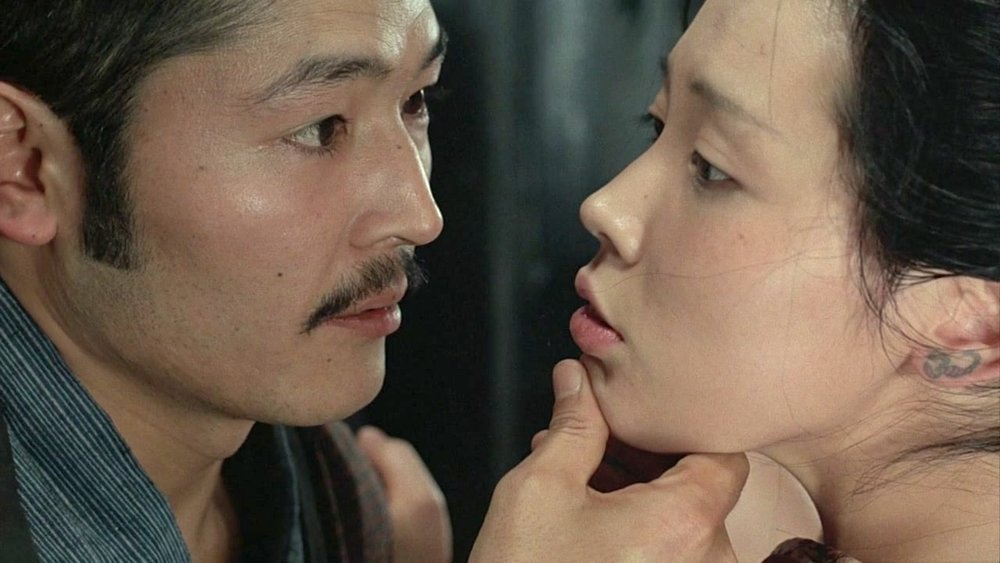
Their relationship blurs the line between liberation and destruction. Does true freedom come from giving in to desire? Or does obsession lead only to ruin? Oshima doesn’t offer answers, only haunting questions that linger long after the credits roll.
The Legacy of a Cinematic Earthquake
Nearly five decades later, In the Realm of the Senses remains a lightning rod of controversy, and a milestone of cinematic bravery. It paved the way for future filmmakers to explore sexuality not as spectacle, but as a lens into the human condition. It forced viewers to confront their discomfort and examine how societies police the body, the mind, and personal freedom.
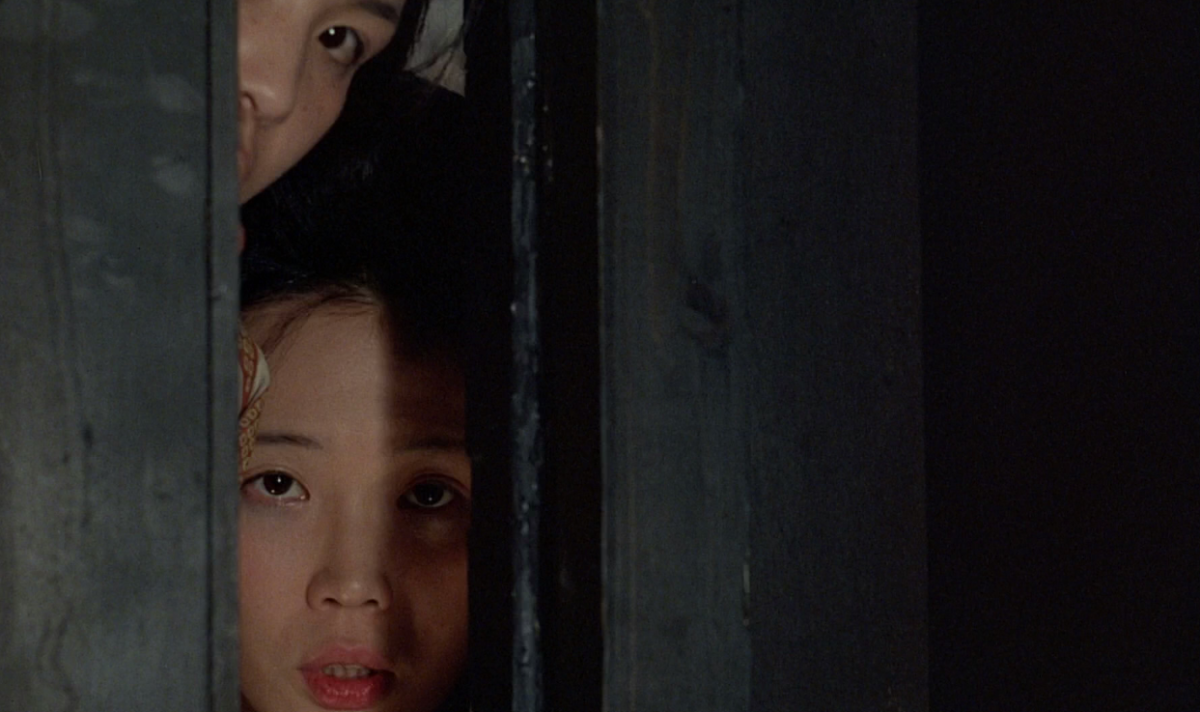
Is it a perverse tragedy or an artistic revolution? Perhaps both. But above all, it’s a film that dares to go where few others have: deep into the chaotic, beautiful, and terrifying realm of desire.





